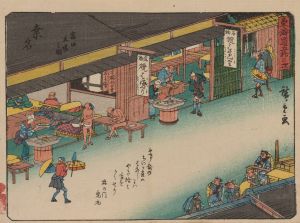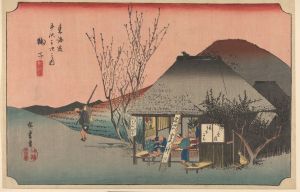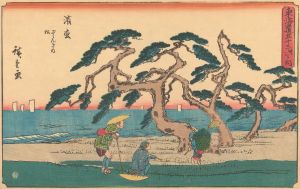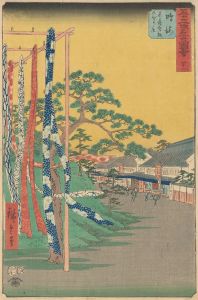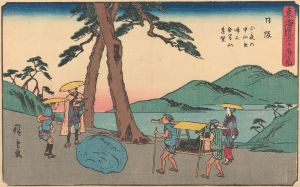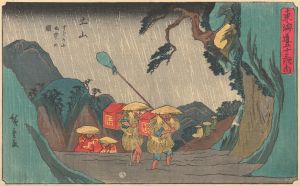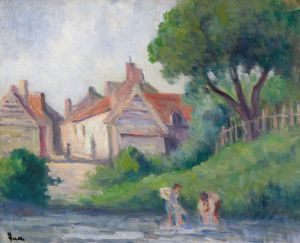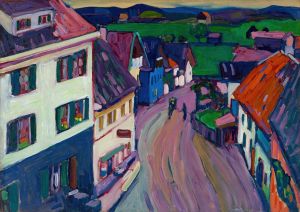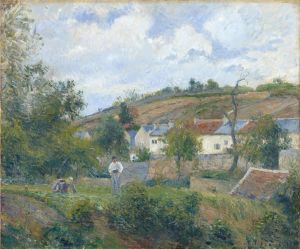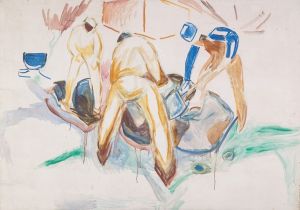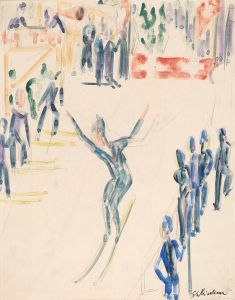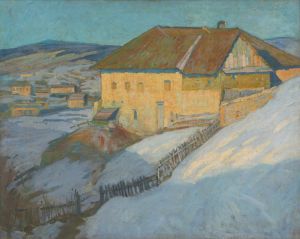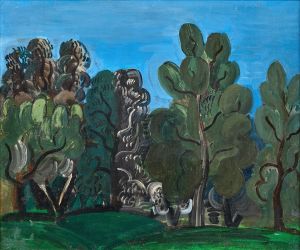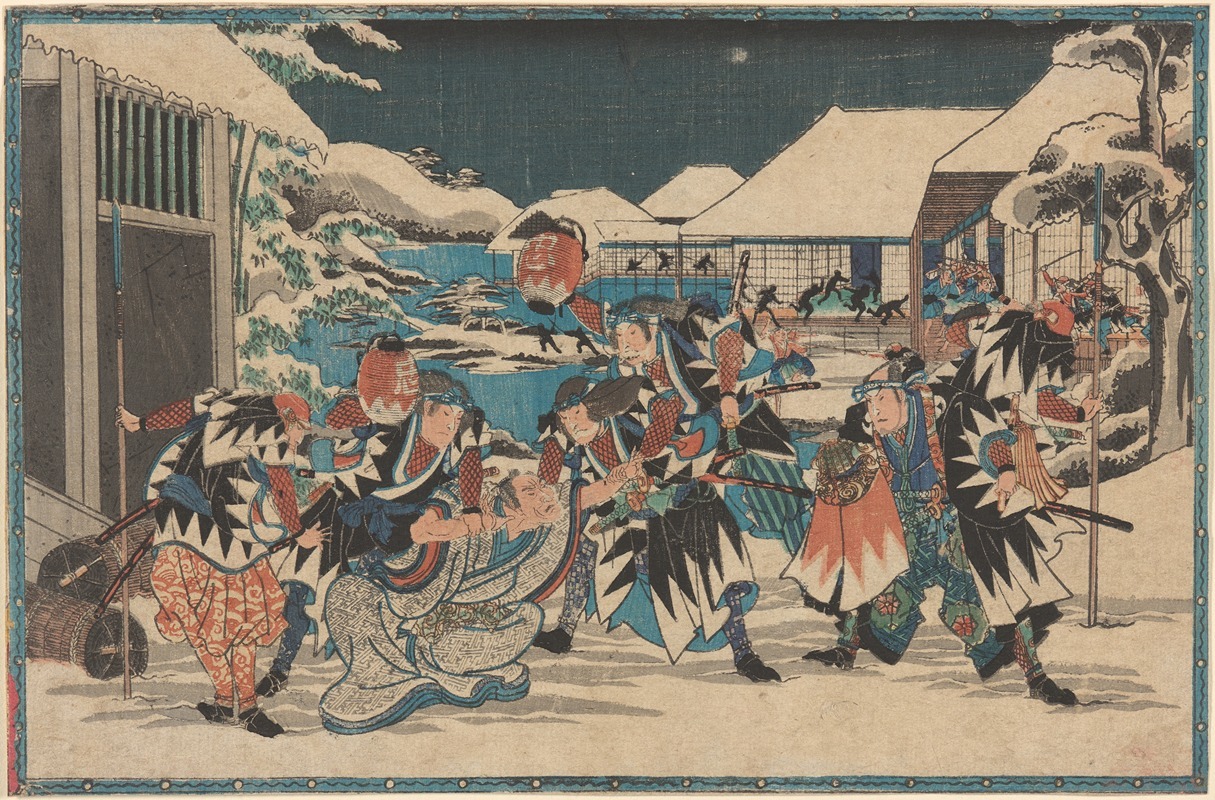
Capture of Moronao in Snow
A hand-painted replica of Andō Hiroshige’s masterpiece Capture of Moronao in Snow, meticulously crafted by professional artists to capture the true essence of the original. Each piece is created with museum-quality canvas and rare mineral pigments, carefully painted by experienced artists with delicate brushstrokes and rich, layered colors to perfectly recreate the texture of the original artwork. Unlike machine-printed reproductions, this hand-painted version brings the painting to life, infused with the artist’s emotions and skill in every stroke. Whether for personal collection or home decoration, it instantly elevates the artistic atmosphere of any space.
"Capture of Moronao in Snow" is a woodblock print by the renowned Japanese ukiyo-e artist Andō Hiroshige. Hiroshige, also known as Utagawa Hiroshige, was born in 1797 and is celebrated for his landscape prints and depictions of everyday life in Edo-period Japan. This particular print is part of his series "The Tale of the Forty-seven Rōnin," which illustrates scenes from the famous historical event known as the Akō incident.
The Akō incident took place in the early 18th century and involved a group of 47 samurai who avenged the death of their master, Asano Naganori. Asano was compelled to commit seppuku (ritual suicide) after assaulting Kira Yoshinaka, a high-ranking shogunate official, in Edo Castle. The samurai, who became rōnin (masterless samurai) after Asano's death, plotted for over a year to avenge their master's honor. They eventually succeeded in killing Kira, an act that has been romanticized and celebrated in Japanese culture as a symbol of loyalty and justice.
"Capture of Moronao in Snow" specifically depicts the climactic moment when the rōnin confront Kira Yoshinaka, who is often referred to as Moronao in fictionalized accounts of the story. The scene is set in a snowy landscape, which adds a dramatic and serene contrast to the intense action taking place. Hiroshige's use of snow in the composition not only enhances the visual appeal but also symbolizes purity and the cold determination of the rōnin.
Hiroshige's mastery in capturing the essence of the moment is evident in the dynamic composition and the detailed portrayal of the characters. The print showcases his skill in using perspective and his ability to convey movement and emotion through the figures' postures and expressions. The snow-covered setting is meticulously rendered, with delicate flakes falling and accumulating on the ground, creating a sense of depth and atmosphere.
The series "The Tale of the Forty-seven Rōnin" was produced during the late Edo period, a time when the story of the rōnin had already become a popular subject in kabuki theater and literature. Hiroshige's prints contributed to the enduring legacy of the tale, offering a visual representation that complemented the dramatic retellings of the event.
Hiroshige's work, including "Capture of Moronao in Snow," is highly regarded for its artistic quality and historical significance. His prints are characterized by their attention to detail, innovative compositions, and the ability to evoke a sense of place and time. Today, Hiroshige is considered one of the greatest ukiyo-e artists, and his works continue to be celebrated and studied for their contribution to Japanese art and culture.
In summary, "Capture of Moronao in Snow" by Andō Hiroshige is a notable woodblock print that depicts a pivotal moment from the legendary tale of the Forty-seven Rōnin. Through his masterful use of composition, perspective, and atmospheric elements, Hiroshige brings to life the dramatic and historical significance of the rōnin's quest for vengeance.





